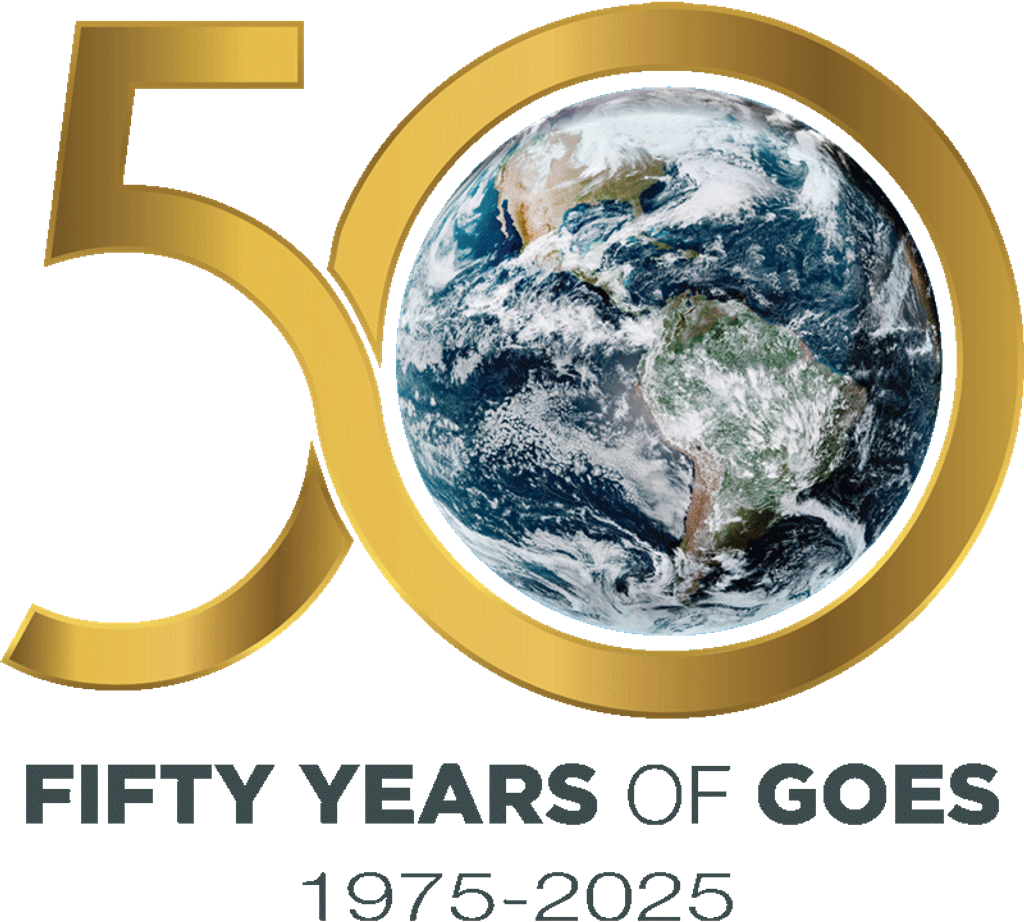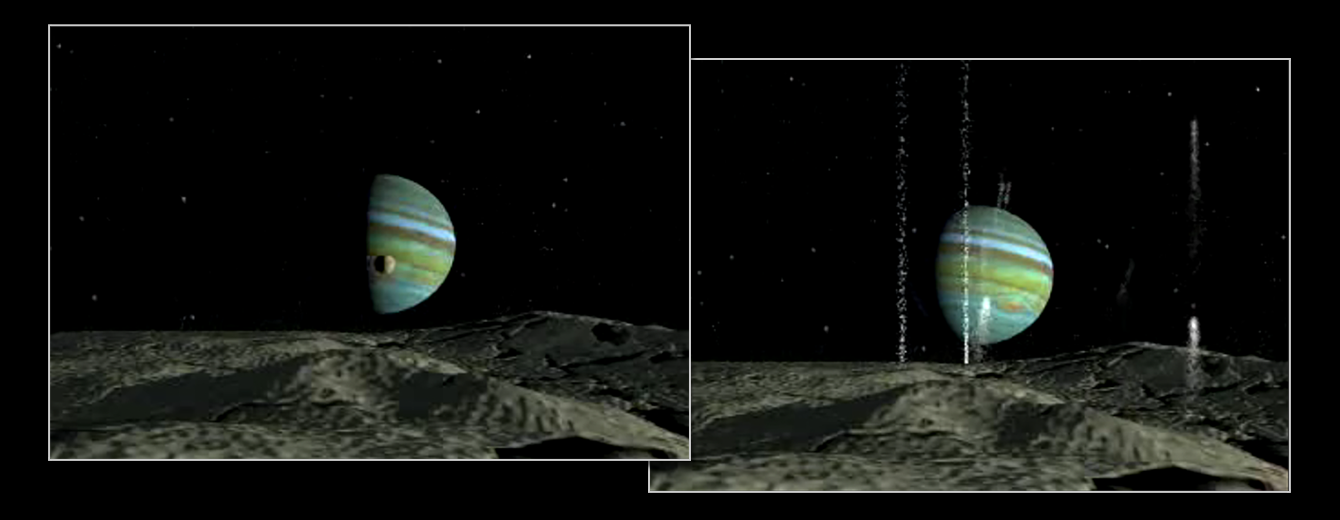Astronomers using NASA's Hubble Space Telescope (HST) have identified the presence of an extremely tenuous atmosphere of molecular oxygen around Jupiter's moon, Europa. This makes Europa the first satellite ever found to have an oxygen atmosphere, and only the third such solar system object beyond Earth (the planets Mars and Venus have traces of molecular oxygen in their atmospheres).
This detection was made by a team of researchers at the Johns Hopkins University and the Space Telescope Science Institute, both in Baltimore, Maryland, and is reported in the February 23, 1995 issue of the journal Nature.
"Europa's oxygen atmosphere is so tenuous that its surface pressure is barely one hundred billionth that of the Earth," says principal investigator Doyle Hall, of Johns Hopkins. "It is truly amazing that the Hubble Space Telescope can detect such a wispy gas so far away." If all the oxygen on Europa were compressed to the surface pressure of Earth's atmosphere, it would fill only about a dozen Astrodome-sized stadiums.
The HST researchers caution that the detection should not be misinterpreted as evidence for the presence of life on the small, frigid moon. Located 5 times farther from the Sun than Earth, Europa is too cold, measured at -230 degrees Fahrenheit (-145 degrees Celsius), to support life as we know it.
Unlike Earth, where organisms generate and maintain a 21% oxygen atmosphere, Europa's oxygen atmosphere is produced by purely non-biological processes. Europa's icy surface is exposed to sunlight and is impacted by dust and charged particles trapped within Jupiter's intense magnetic field. Combined, these processes cause the frozen water ice on the surface to produce water vapor as well as gaseous fragments of water molecules.
After the gas molecules are produced, they undergo a series of chemical reactions that ultimately form molecular hydrogen and oxygen. The relatively lightweight hydrogen gas escapes into space, while the heavier oxygen molecules accumulate to form an atmosphere which may extend 125 miles (200 kilometers) above the surface. The oxygen gas slowly leaks into space and must be replenished continuously.
Europa is approximately the size of Earth's Moon, but its appearance and composition are markedly different. The satellite has an unusually smooth and nearly craterless surface of solid water ice. Mysterious dark markings crisscross the surface, giving the moon a "cracked eggshell" appearance. Under the apparently fragmented icy crust, tidal heating by Jupiter might heat the icy material enough to maintain a subsurface ocean of liquid water.
Of the 61 identified moons in the solar system, only three other satellites are known to have atmospheres: Jupiter's volcanically active moon Io (sulfur dioxide), Saturn's largest moon Titan (nitrogen/methane) and Neptune's largest moon Triton (nitrogen/methane).
Although scientists had predicted previously that Europa might have gaseous oxygen, a definitive detection had to wait for the ultraviolet sensitivity provided by HST's Goddard High Resolution Spectrograph (GHRS) instrument. The GHRS recorded the spectral signature of molecular oxygen (O2) on Europa in ultraviolet light during observations made on June 2, 1994, over a period of six Hubble orbits. Europa was at a distance of 425 million miles (684 million kilometers) from Earth.
The Hubble observations will be invaluable for scientists who are planning close-up observations of Europa as part of NASA's Galileo mission, which will arrive at Jupiter in December 1995. During its initial entry into the Jovian system on Dec. 7, Galileo will fly by Europa at a distance of less than 22,000 miles (35,000 kilometers).































